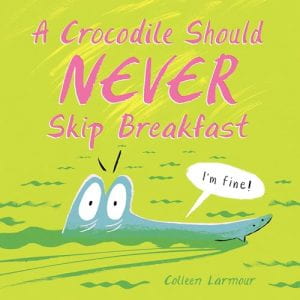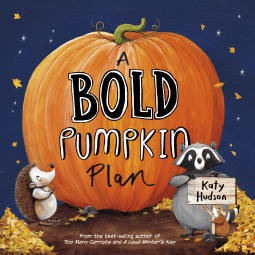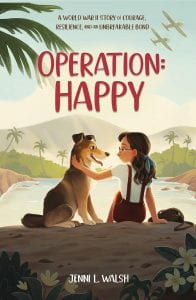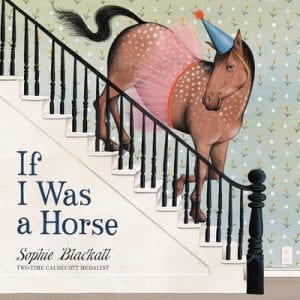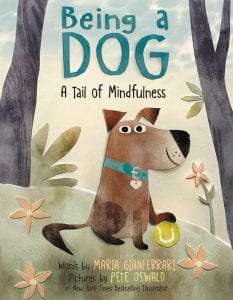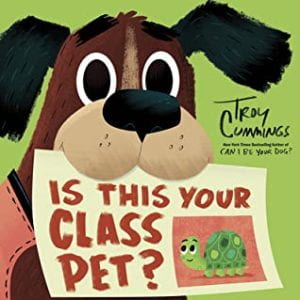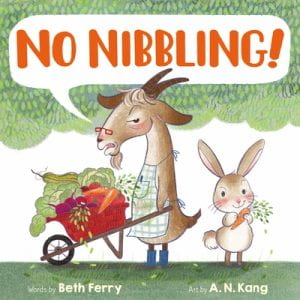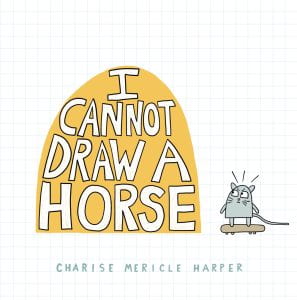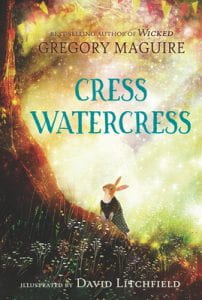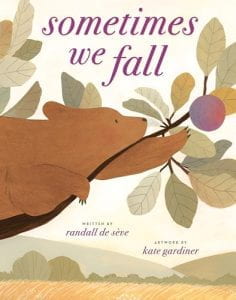 De Seve, Randall. Sometimes We Fall. Illustrated by Kate Gardiner. Random House Studio. 978-0-593-64549-9. 32 p. $19.99. Grades K-3.
De Seve, Randall. Sometimes We Fall. Illustrated by Kate Gardiner. Random House Studio. 978-0-593-64549-9. 32 p. $19.99. Grades K-3.
A bear cub and its mother are exploring a grassy meadow when they come upon a tree full of ripe plums. The mother bear swiftly climbs the tree and settles herself in the branches among the juicy fruit. The cub wants to follow but is fearful about making the climb. What if it leaps for the branches and misses? What if it rains and its paws slip? What if the wind blows and the tree shakes? What if the branch breaks? For each scenario, the mother bear offers gentle reassurance, and eventually, the cub begins the climb. And, when things don’t go as planned, it’s still okay, thanks to mother’s encouragement. Soft gouache and colored pencil illustrations complement the spare text and capture the range of emotions the cub feels as it contemplates the benefits and drawbacks of taking a risk.
THOUGHTS: This is a gentle story about courage, perseverance, and resilience that will be the perfect addition to social-emotional learning discussions. Students will relate to the idea of taking a risk and trying something hard, and they will be able to make connections when the cub’s adventure does not go as expected.
Picture Book

